The retrospective exhibition recently opened at MNAC casts a spotlight on Ion Grigorescu, one of the most interesting and provocative artists of the last five decades in Romanian art. The exhibition concept, presented by the event’s curator, Călin Dan, started from the existence of a multifaceted reality in Grigorescu’s work, where an egocentric vision, directed at investigations into his own body and sexuality, alternate with an interest in society and the country’s political situation (especially at critical points in time), but also with ethical values, sometimes rediscovered through faith and expressed through religious art.
All these often contradictory directions and investigations constitute a dialectic with its own set of rules which Grigorescu’s work follows. In this sense, one work in the exhibition seems to suggest a general reading: the work is a photomontage made using a few photographs taken in Feneriș, around 1986, documenting a performance in nature. The subject in these photographs is the artist himself, in two different positions, either jumping over an obstacle with a pole held vertically, or bent over, face-down. Starting from these black-and-white photos, Grigorescu created multiple versions of a work titled alternatively Good Soul – Evil Soul or Saint George (1987).
In the photomontage it looks like the first Grigorescu, the jumping one, is impaling, with his pole, the one bent over. The two works in question also show interventions in watercolor or tinfoil, either adding black wings to the fallen character or an unbalanced scale, alluding to the religious sphere. The idea of the double, the confrontation with the self from opposing positions, is apparently disconcerting, but, in reality, it allows for an interpretation of the artist’s works from different perspectives. “Good and evil reside within the self, within humans, giving birth to the two heroes, who highlight each other,” the artist noted, as a kind of supplementary explanation for these images. Admitting the coexistence of the two characters that augment each other, the artist sets in motion a dialectic that is subtle and oftentimes unusual relative to common understanding, which he uses for his exhibition concept – the parallel lives of the two Ion Grigorescu, locked in permanent confrontation.
The entire exhibition is built around this dialectic, leading the viewer into contradictory directions: the experiments in performance and body art alongside religious art (projects for icons or church frescoes), early works, marked by a certain sincere sparseness in representation, together with later, more elaborate projects. All these works are marked by the concept of reality, even when the artist is referring to interior reality, that of thought or dream.
The curatorial concept therefore tries to highlight this amalgamation within Ion Grigorescu’s work, presenting, by means of narrative or less explicit centers, the juxtaposition of works that convey a certain objectivity alongside the purely subjective ones, a mix of various media (drawing, lithography, painting, or photography, with interventions through painting, photography, and film, objects, and installations) and stages in his creation. All these elements contribute to a blurred perception of the whole which was intended by the organizers and also seems to be in tune with Ion Grigorescu’s style of presenting his own works. The viewer is invited to explore the work ensembles, which are sometimes placed very highly on the walls, preventing the viewer from intimately relating to them.
As the artist made clear in a previous exhibition – “Photography in the Circulatory System”* – photography is for him a vital system closely linked to his artistic concepts. That is why his rich corpus of photographic and filmic works, which would have perhaps deserved a solo display, appears “inventoried” in the retrospective, like contact copies, lining the walls like a highly original frieze. The photos are exhibited on cardboard, which strengthens the whole povera impression that the exhibition gives off. The films run equally, without marking important points in Grigorescu’s work with the medium.
The complexity of the material researched by the curatorial team and brought into the public space transforms the exhibition “Grigorescu Ion – Ion Grigorescu. Parallel Lives” into a true event. It’s a pity that this huge corpus of materials is hard to really assimilate without an educational museum program, a series of thematic conferences, or film screenings and discussions.
* Ion Grigorescu, “Photography in the Circulatory System,” an exhibition at City Business Centre, Timișoara, November 2013 – January 2014.
Translated by Rareș Grozea
POSTED BY
Ileana Pintilie
Historian and art critic, university professor at The Faculty of Art and Design at The West-ern University of Timişoara, AICA member since 2000 and vice-president of AICA-Romania during 2012-2020; bo...
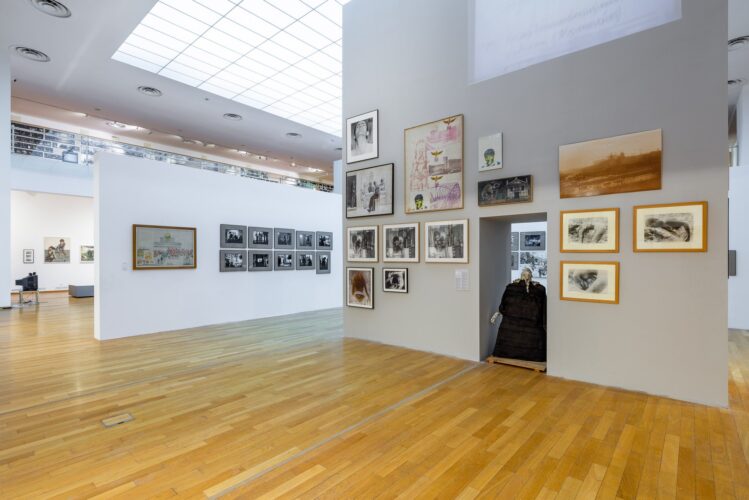
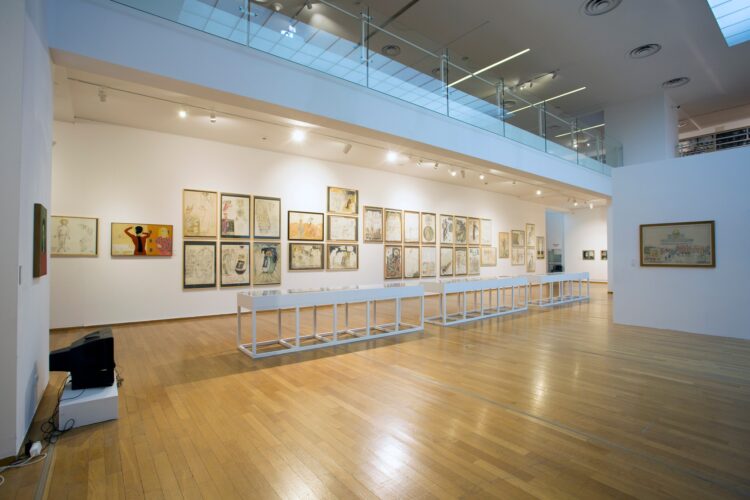
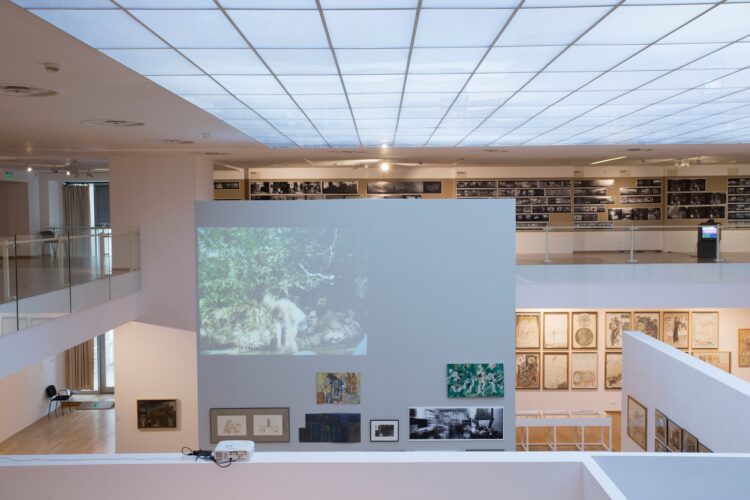
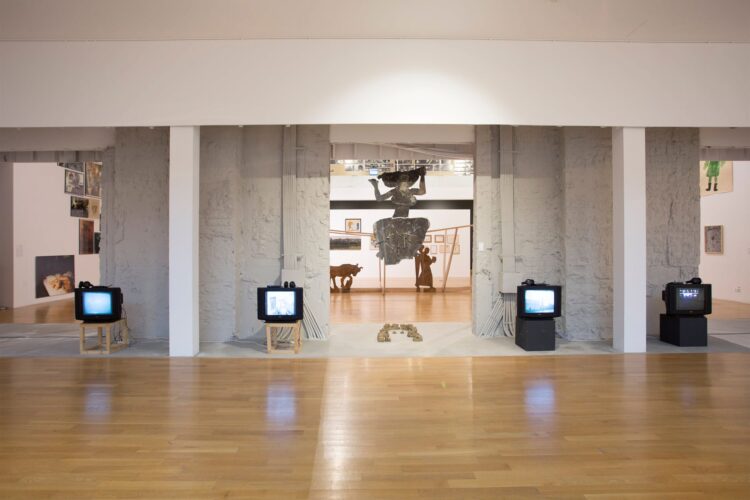
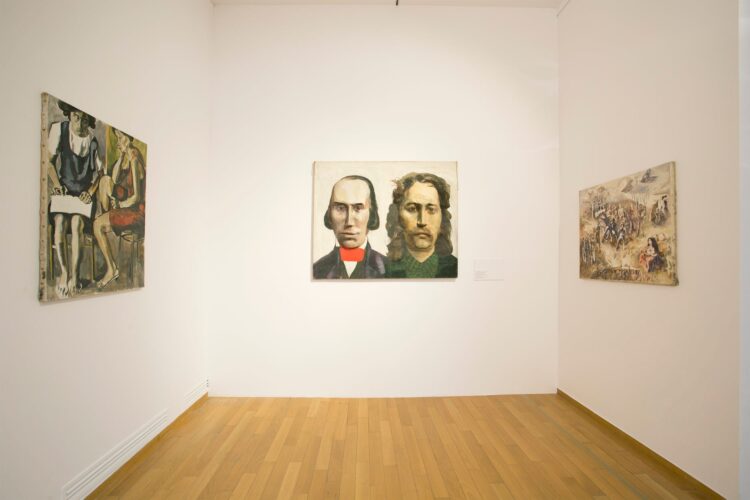
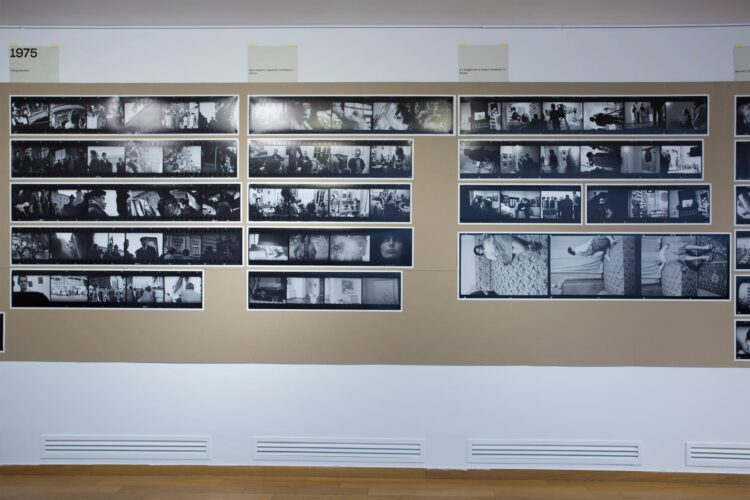
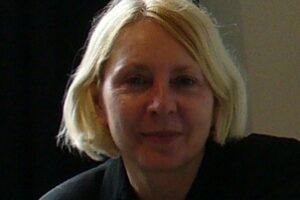
Comments are closed here.